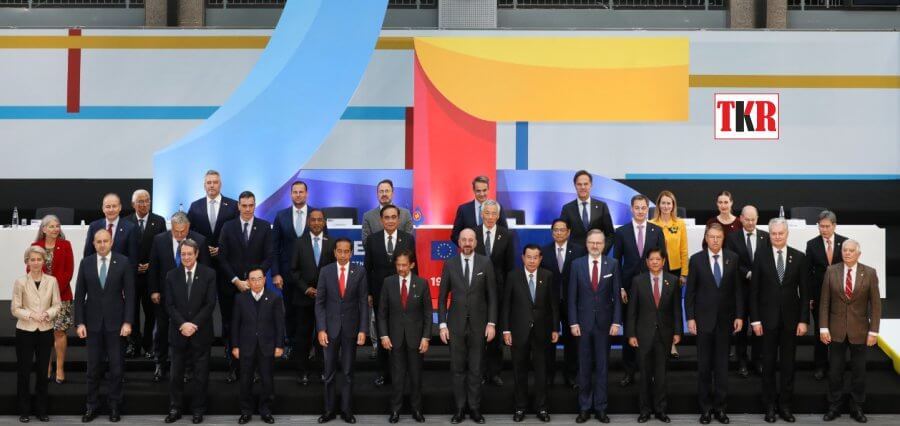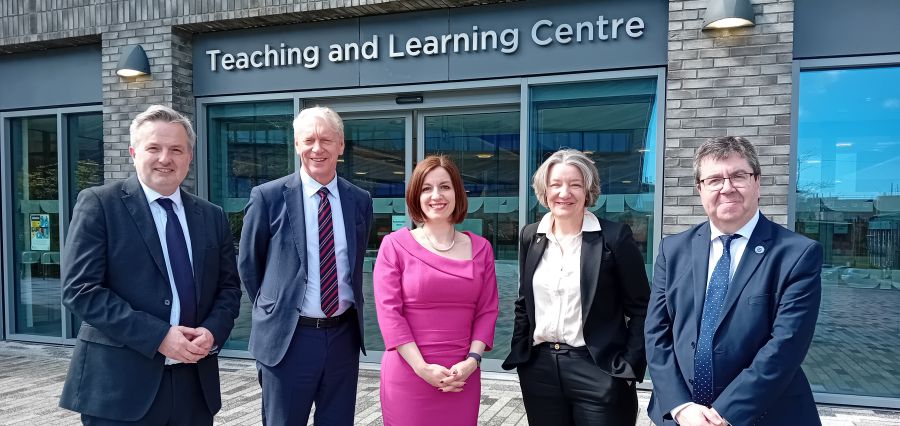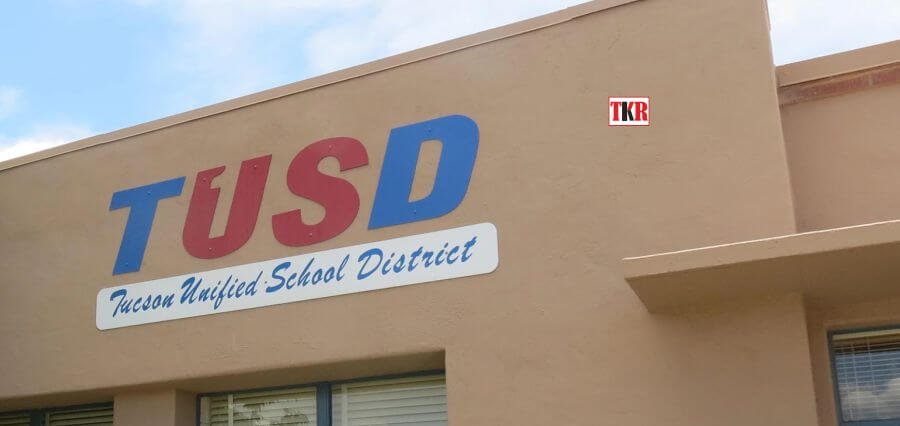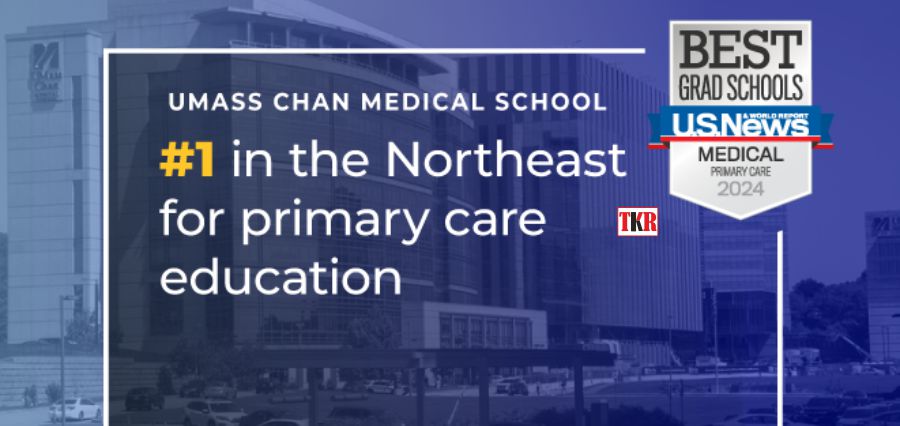In accordance with its brand-new Global Gateway “sustainable connectivity” strategy, which was unveiled this week, the European Union will widen and intensify its close collaboration with and support of higher education and research in Southeast Asia.
Ursula von der Leyen, president of the European Commission, presented a €10 billion (US$10.7 billion) package for ASEAN until 2027 as part of the EU’s Global Gateway program during an EU-ASEAN meeting in Brussels on December 14. The green transition and “sustainable connectivity” in Southeast Asia, according to the European Commission, will be the main topics of the package.
According to representatives of the European Commission, additional money under the plan will also allow the EU to expand upon its extremely successful €15 million EU Support to Higher Education in the ASEAN area (SHARE) program. The EU-SHARE program was launched in 2015, and it expires at the end of 2022.
Governments in Southeast Asia frequently see the EU’s Global Gateway as their response to China’s Belt and Road Initiative. However, the EU emphasizes that the Global Gateway includes both hard and ‘soft’ infrastructure, with cooperation in higher education and research among the five main areas of focus, especially for enhancing student and academic mobility and EU-ASEAN university networks.
Digitalization and connection, energy and the environment, transportation, and health are further areas of focus.
The newly allocated financing for ASEAN “boosts sustainable investments in digital, transportation, energy, and climate-relevant sectors, as well as in health, education, and research systems. It will assist in addressing the most urgent global concerns, such as addressing climate change, enhancing health systems, and strengthening economies, according to a statement released by the European Commission.
The SHARE initiative has been delivered in large part with the help of DAAD. According to Michael Hörig, director of the DAAD, “We are hoping that this connectivity or the Global Gateway new SHARE or next-generation SHARE, which may have a different name in the future, will expand upon what we’ve done in the previous phases in terms of the frameworks for delivering scholarships but it will go beyond that.”
Hörig mentioned the entire research pipeline in addition to the brief mobility periods that were a part of SHARE, including mobility for PhDs and postdocs, despite the fact that the successor to the EU-SHARE program has not yet been developed.
For instance, the Global Gateway may “promote research by giving scholarships for PhD candidates who want to perform their study on novel mobility solutions for the ASEAN region” with focus areas like energy or transportation. Therefore, we mix studying abroad or conducting research abroad with working on a particular subject that will further the conversation on mobility or energy.
Hörig also mentioned university networks, or a request for university networks to concentrate on, say, green energy solutions. “And after that, we would provide these networks scholarships and then implement network mobility.”
According to Darren McDermott, leader of the EU-SHARE team, “there are now solid structures in place, there are wonderful initiatives in place, and there is certainly the energy and the impetus to move forward with those initiatives.” This is because the SHARE project has been put into action. But it must be long-lasting.
Therefore, he said, “the EU’s new package on sustainable connection or people-to-people connectivity will undoubtedly continue where the SHARE initiative has left off.” “Global Gateway is an excellent effort, but it also adopts a flexible approach to Southeast Asia’s needs.”
Although some people say Global Gateway is hazy and “impossible to nail down,” McDermott said he thinks that’s a virtue. It is not mandated. It does not state that this is what needs to be done in a different region. It is a flexible strategy for global cooperation.









